Glycomet Trio Forte 1 Tablet (Glimepiride 1mg / Metformin 1000mg / Voglibose 0.2mg)
| COUNTRY OF ORIGIN | India |
|---|---|
| DOSAGE FORM | Tablets |
| GENERIC NAME | Glimepiride |
| INDICATION | Treatment of Type 2 diabetes mellitus |
| PACKAGING | 10 tablets in 1 strip |
| MANUFACTURER | USV Ltd |
| COMPOSITION | Glimepiride (1mg) + Metformin (1000mg) + Voglibose (0.2mg) |
PRODUCT INTRODUCTION
Glycomet Trio Forte 1 Tablet SR belongs to a category of medicines known as anti-diabetic drugs. It is a combination of medicines used to treat type 2 diabetes mellitus in adults. It helps control blood sugar levels in people with diabetes.
Glycomet Trio Forte 1 Tablet SR should be taken with food. Take it regularly at the same time each day to get the most benefit. Your doctor will decide what dose is best for you and this may change from time to time according to how it is working according to your blood sugar levels, keep taking this medicine, even if you feel well or your blood sugar levels are controlled. If you stop it without consulting your doctor, your blood sugar levels could rise and put you at risk of kidney damage, blindness, nerve problems and loss of limbs.
Remember that it is only part of a treatment program that should also include a healthy diet, regular exercise, and weight reduction as advised by your doctor. Your lifestyle plays a big part in controlling diabetes.
The most common side effect of Glycomet Trio Forte 1 Tablet SR is low blood glucose levels (hypoglycemia). Make sure you recognize the signs of having low blood glucose levels, such as sweating, dizziness, headache, and shaking and know how to deal with it. To prevent this, it’s important to have regular meals and always carry a fast-acting source of glucose such as sugary food or fruit juice with you.
Drinking alcohol can also increase your risk of low blood sugar levels and should be avoided. Other side effects that may be seen on taking this medicine include taste changes, nausea, diarrhea, stomach pain, headache, edema (swelling), blurred vision, bone fracture, and upper respiratory tract infection. Some people may find that they put on weight with this medicine.
You should not take it if you have type 1 diabetes mellitus, if you have diabetic ketoacidosis (high levels of acid in your blood), or if you have severe kidney or liver disease. Before taking this medicine, tell your doctor if you have ever had heart disease.
It may not be suitable. Pregnant or breastfeeding women should also consult their doctor before taking it. Your blood sugar levels should be checked regularly and your doctor may also advise blood tests to monitor your blood cell counts and liver function.
“Trio of Glycemic Mastery: Unlocking Glimepiride 1mg, Metformin 1000mg, and Voglibose Synergy in Diabetes Triumph”
This heading accentuates the combined impact of Glimepiride at 1mg, Metformin at 1000mg, and Voglibose, showcasing their synergistic roles in achieving comprehensive glycemic control. The explanation would delve into the distinct contributions of each medication, with Glimepiride stimulating insulin release, Metformin enhancing insulin sensitivity, and Voglibose inhibiting glucose absorption in the intestines. Together, they form a trio working in harmony for effective diabetes management.
“Precision in Triple Dynamics: Navigating Glimepiride 1mg, Metformin 1000mg, and Voglibose for Tailored Glycemic Harmony”
Here, the focus is on the precision involved in incorporating Glimepiride at 1mg, Metformin at 1000mg, and Voglibose into a diabetes management plan. The explanation would explore the rationale behind each medication’s dosage, considering their individual mechanisms, and highlight the importance of a carefully calibrated strategy that balances optimal efficacy with individual patient needs. This underscores the significance of a precise approach in achieving successful diabetes control with the triple combination.
Harmony in Medication: Understanding Glimepiride Metformin Voglibose in Diabetes Care
It conveys the idea that these three medications work together in harmony to provide effective care for diabetes, emphasizing a balanced approach.
Signs and Symptoms of Type 2 Diabetes Mellitus: Early Warning Signals for Health
Explore the early warning signals that indicate potential health issues related to Type 2 Diabetes Mellitus. Understand the significance of recognizing these signals early on for proactive health management and prevention.
Diabetes Mellitus Medications: A Comprehensive Medication Approach for Improved Living
Embrace a holistic and comprehensive approach to medication use for improved living with diabetes. This guide encourages individuals to consider various facets of their health in medication management, fostering an improved and fulfilling lifestyle.
Charting New Horizons: Drug for Diabetes Mellitus Type 2 Narratives
Navigating uncharted territories in Diabetes Mellitus Type 2 treatment, this examination explores the drug’s role in charting new horizons, introducing fresh perspectives and approaches to patient care.
“Meds for Diabetes Mellitus Type 2: Medication Mastery for Improved Diabetes Care”
Attain medication mastery as a pathway to improved diabetes care. This guide explores how mastering medications goes beyond blood sugar control, encompassing factors that contribute to enhanced diabetes care, leading to better health outcomes and an improved quality of life.
Medications for Diabetes Mellitus Type 2: Integrating Meditation for Medication Mindfulness
Meditation enhances medication mindfulness in diabetes care. Explore this blog to discover ways to integrate meditation practices for heightened awareness and mindfulness in medication use, fostering a holistic approach to managing type 2 diabetes.
The Role of MicroRNAs in Treatment of Type 2 Diabetes Mellitus Regulation
Investigating regulatory mechanisms at the molecular level, this section explores the role of microRNAs in the treatment of Type 2 Diabetes Mellitus. By understanding how microRNAs modulate gene expression, the discussion aims to uncover potential therapeutic avenues for regulating key pathways in diabetes.
DM Type 2 Medications: Medication Essentials for Better Diabetes Control
Highlight essential medications crucial for achieving better diabetes control in individuals with Type 2 Diabetes. Emphasize the foundational role these medications play in managing blood sugar levels and overall diabetes control.
USES OF GLYCOMET TRIO TABLET SR
- Treatment of Type 2 diabetes mellitus
BENEFITS OF GLYCOMET TRIO TABLET SR
In Treatment of Type 2 diabetes mellitus
Glycomet Trio Forte 1 Tablet SR will reduce the risk of dying from cardiovascular disease if you have type 2 diabetes and already have cardiovascular disease. Taking this medicine regularly along with proper diet and exercise will help you live a normal, healthy life. You should keep using it for as long as it is prescribed because it is protecting your future health.
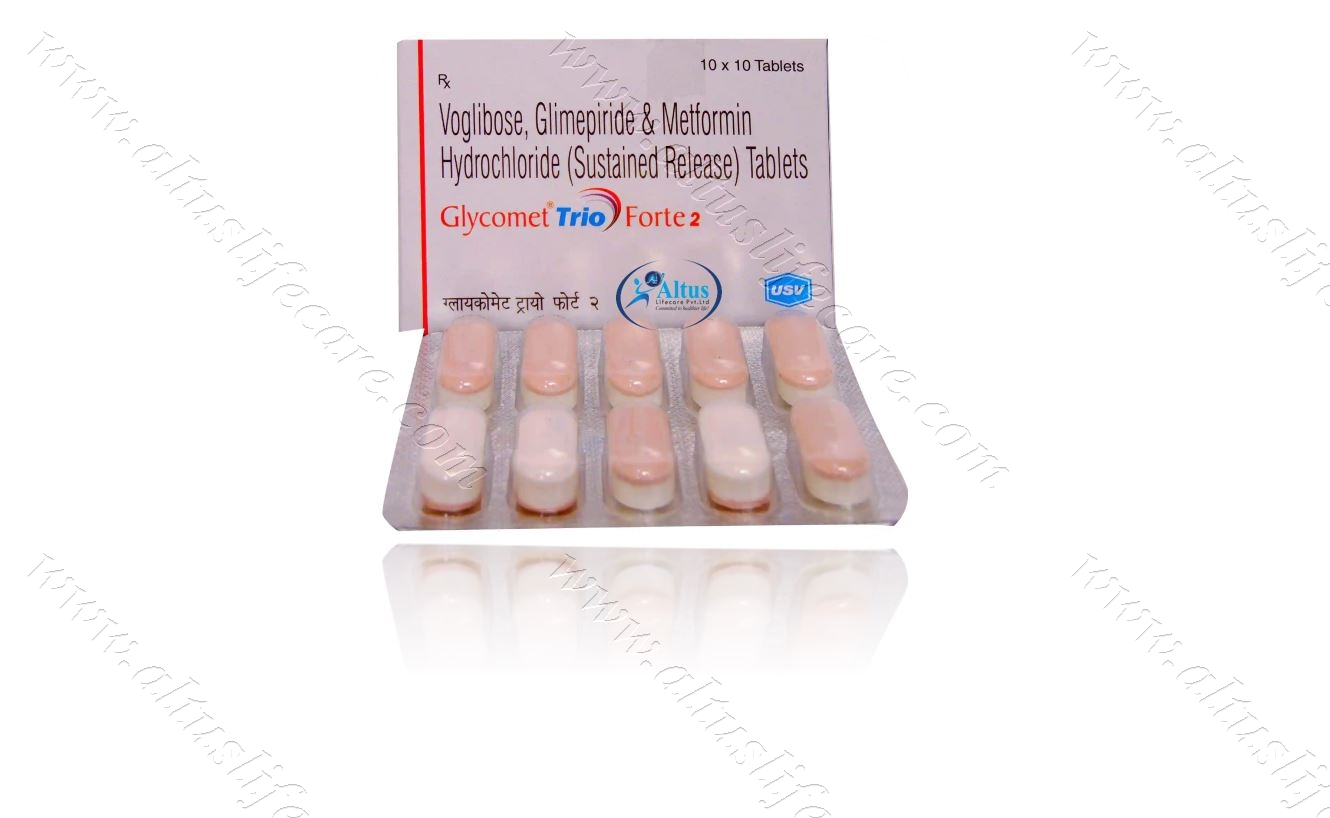
SIDE EFFECTS OF GLYCOMET TRIO TABLET SR
Common side effects of Glycomet Trio
- Nausea
- Diarrhea
- Abdominal pain
- Hypoglycemia (low blood glucose level)
HOW TO USE GLYCOMET TRIO TABLET SR
HOW GLYCOMET TRIO TABLET SR WORKS
SAFETY ADVICE

Alcohol

Pregnancy

Breast feeding

Driving

Kidney
Use of Glycomet Trio Forte 1 Tablet SR is, however, not recommended in patients with severe kidney disease.

Liver
Glycomet Trio Forte 1 Tablet SR is generally started with low dose in patients with mild to moderate liver disease and its use is not recommended in patients with severe liver disease.

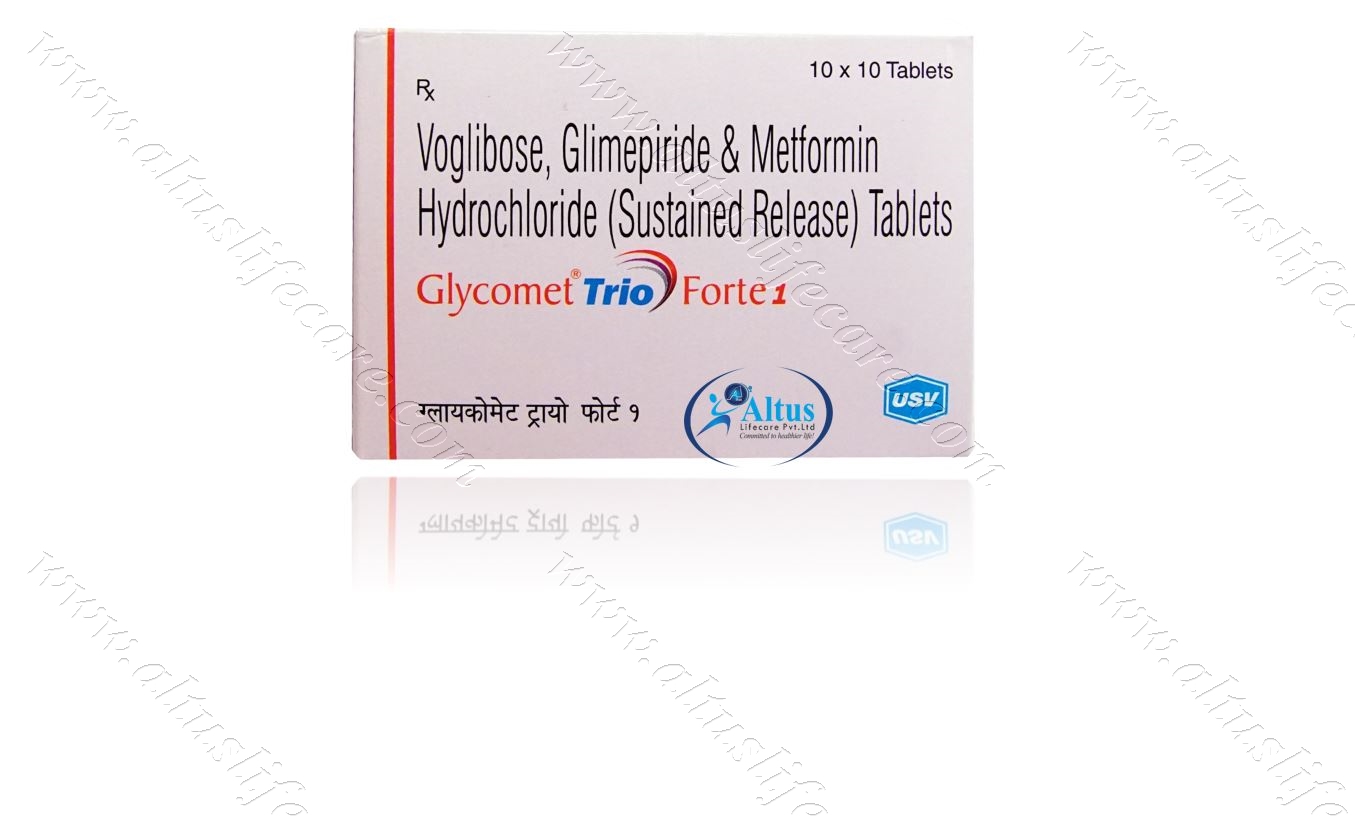




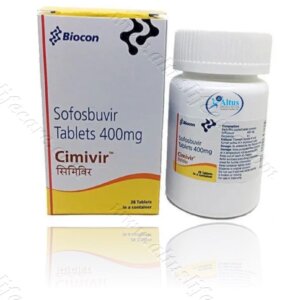
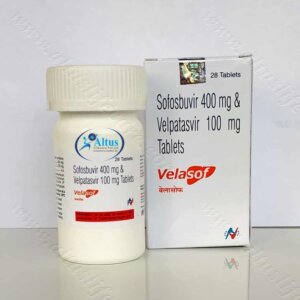
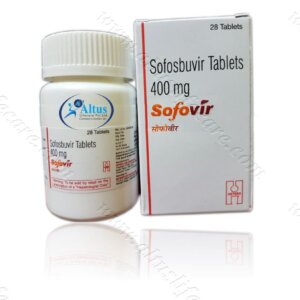
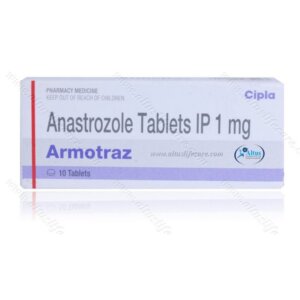
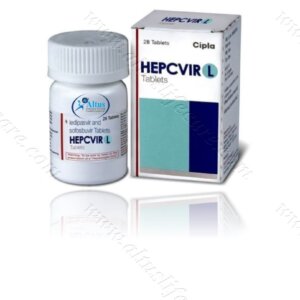




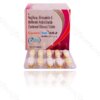
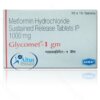


Miriam (verified owner) –
I’ve learned to view setbacks as opportunities for learning and growth, fostering resilience in type 2 diabetes care.
Frankie (verified owner) –
“High-quality product and lightning-speed shipping – exceeded my expectations!”
Elina (verified owner) –
“The packaging is not only aesthetically pleasing but also ensures that the product is well-protected. The quality is exceptional.”